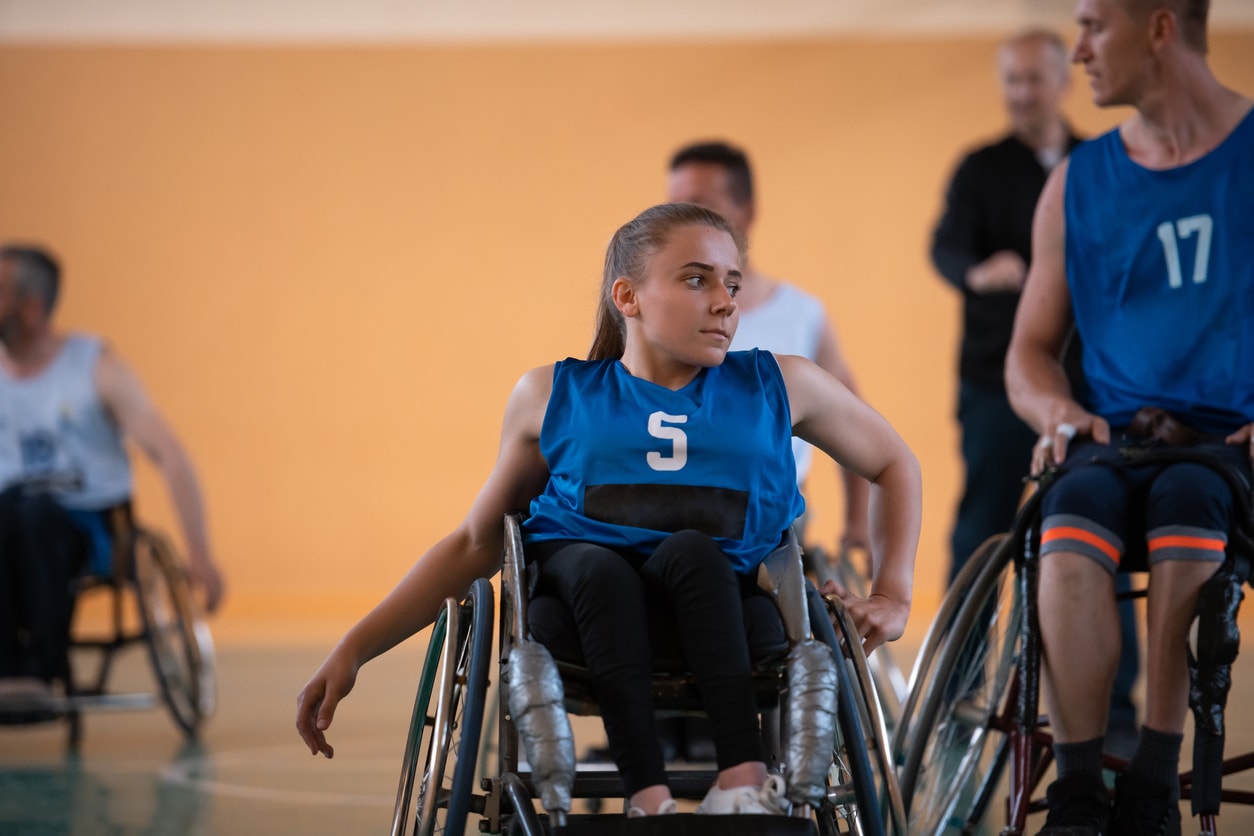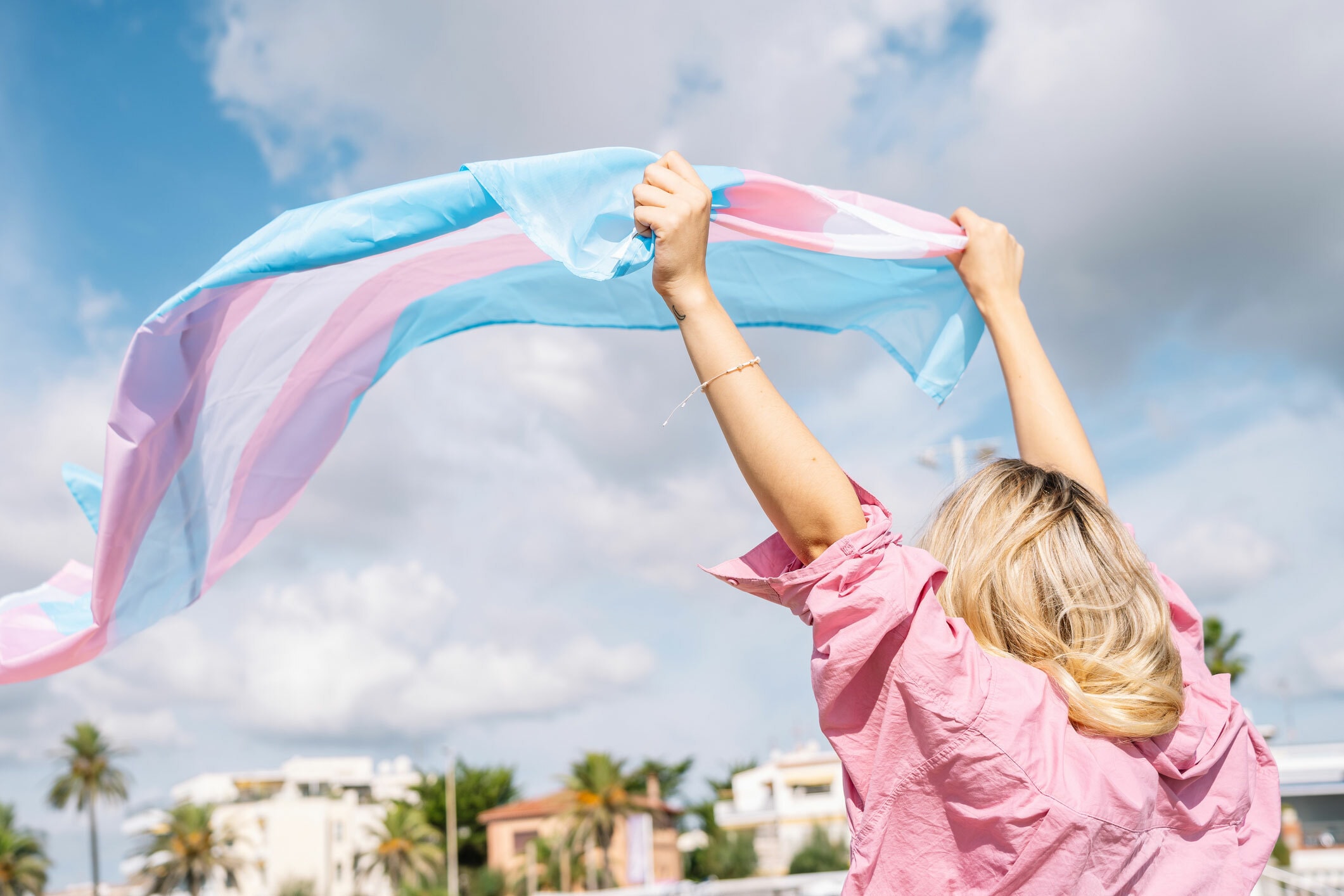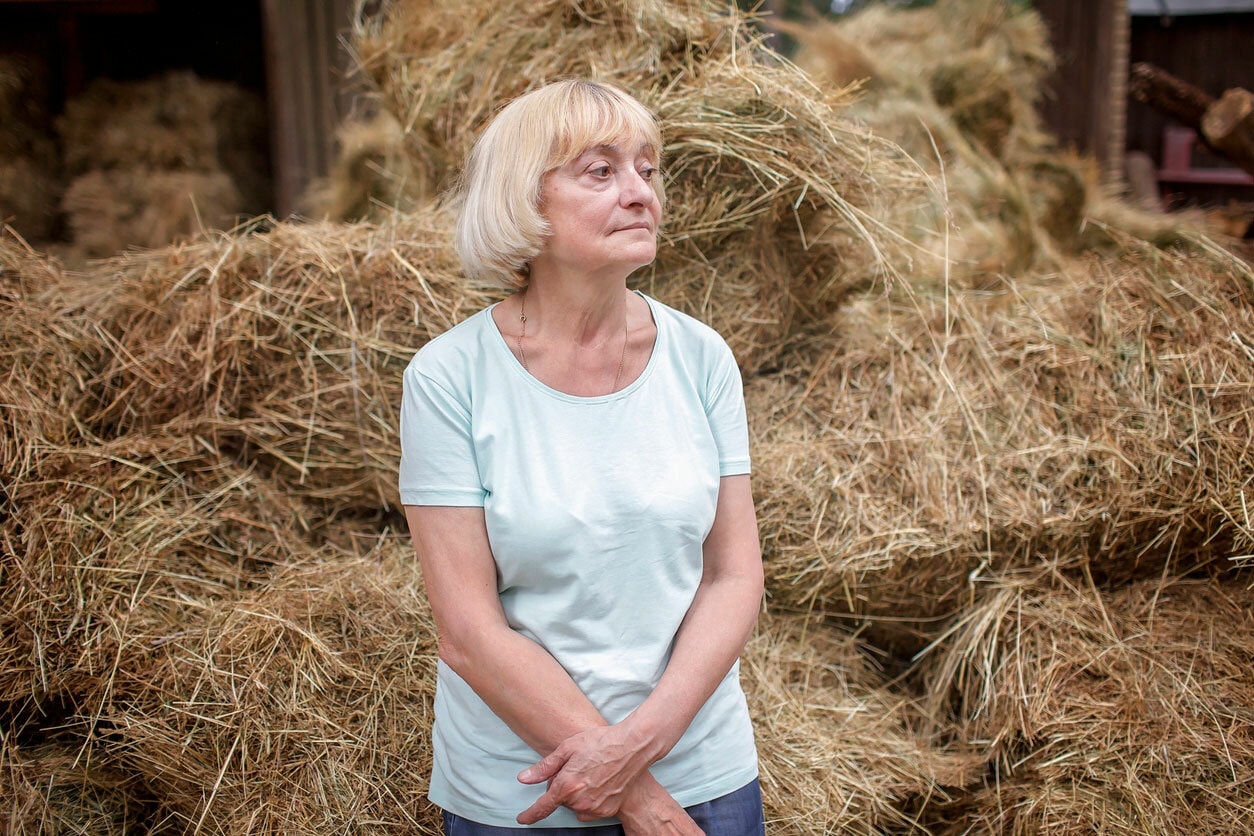Preventing violence against different groups
5 pages in this collection

5 pages in this collection

Gender inequality ‘intersects’ with other systems of discrimination and oppression, such as ableism, racism and homophobia, to shape women’s experiences of violence.
Understanding how gender inequality and other forms of inequality intersect to shape women’s experiences of violence is sometimes called ‘intersectionality’ or taking an ‘intersectional approach’.
Planning initiatives to prevent violence that are ‘intersectional’ can help to end violence against all women.

Violence against Aboriginal and Torres Strait Islander women is driven by the impacts of colonisation and gender inequality.

2 minute read
To prevent violence against women with disabilities we must address ableism and gender inequality.

3 minute read
Rigid gender norms must be addressed to prevent violence against lesbian, gay, bisexual, transgender, intersex, queer and asexual (LGBTIQA+) people.

2 minute read
Ageism against seniors intersects with gender inequality to drive violence against older women.

Structural inequality and discrimination intersect with gender inequality to drive violence against women fro migrant and refugee backgrounds.